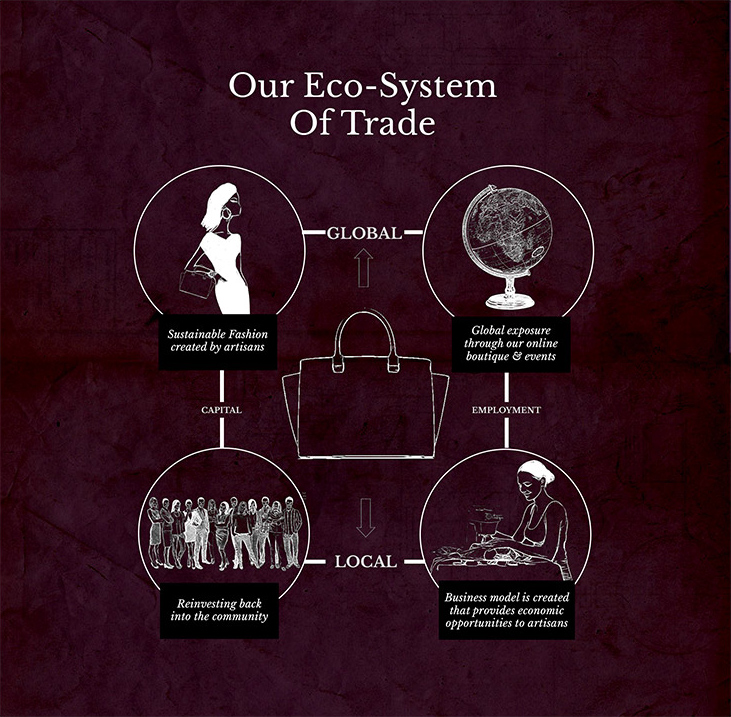Canada is a developed, if not a world leading country in most measures of infrastructure and quality of life. However, in one increasingly important service, Canada continually underperforms. Internet speed in Canada is currently ranked 38th in the world, up from 53rd in 2013, but that increase isn’t as positive as it sounds. The rate at which the top countries are improving their infrastructure and Internet Service Providers(ISPs) are increasing the speed of their networks is well above Canada’s. So we are not only behind, but falling further behind at an increasing rate. Even more worrying is that Canada falls behind, with developing nations such as Uruguay boasting a higher speed on average, and Kazakhstan offering roughly the same level of service and coverage.
South Korea invested early in internet infrastructure and has been a leader in net infrastructure since. Sony is testing a 2 gigabit per second connection in several markets currently, and plans to deploy this in the near future. Compare this to Canada’s average at 5.6 megabits per second. That is a difference of 350 times. The gap is so large that most Canadians can’t imagine the difference in speed, let alone make use of it.
That is likely why there isn’t much pressure on Canadian ISPs to improve their service. For most consumer usage, the speed available to consumers in cities is adequate. With the increase of Netflix and other streaming video services, this adequacy is coming to an end, but internet service provider companies aren’t willing to put up the money to make the needed improvements to infrastructure. Part of this comes from the virtual monopoly that major internet providers have on the industry in Canada. Why add an expense when there are no alternatives for customers to switch to?
So where are these alternatives? The small town of Olds, Alberta, was the first town in Canada to offer gigabit service to customers. The community started their own ISP and is able to offer this service at $90 a month, competitive with the major ISPs within Canada, for a much better product. The demand is there, but without a more open market, there is just little impetus for the major providers to meet it. A handful of other small towns are looking to follow this model, but nothing similar is on the horizon for major urban centers.
So what does this mean for Canada? Our businesses are at a disadvantage. It is not just corporations, but any creative professionals who rely on uploading content or transferring large files over distance. Collaboration across Canada is much more difficult, being either more expensive in either money or time, and in many cases both. This drives away tech companies and makes Canada less attractive overall to set up in, especially with the ease that much of the rest of the business world can transfer data between locations.
Our closest neighbor, the United States has a similar problem, but companies such as Google are stepping up and beginning to test pilot projects like Google Fibre. It offers gigabyte speed at the cost of traditional internet, but Google is also offering free traditional internet speeds to consumers who pay for the wiring costs, which amount to $300 USD. Currently it is only available in Kansas City in the U.S., with plans to expand to 3 additional cities by the end of 2014. However, the city of Kerala, India was the second city worldwide to get Google Fibre Service.
With the U.S. stepping up their infrastructure, Canada cannot wait. Already most tech talent heads south to work in or with the leaders in the technology field, and new technology start-ups are overwhelmingly concentrated in California and New York. There is also significant draw from Asia and India as both areas have massively increasing user rates year after year, and with those new users come new markets. With the current infrastructure in Canada, we will fall further behind, and playing catch-up in an industry that moves as fast as the internet is never a good situation.
So if Canada wants to stay competitive, or to even become attractive to tech business, a massive upgrade in major urban areas is needed. If private ISPs are not willing offer better services, they cannot be allowed to hold such control over such an important part of infrastructure. The internet has long since moved past being a luxury to being a necessity, and needs to be treated as such. Certainly, not every consumer needs the kind of speed fiber services offer, but more and more services are starting up that offer products that utilize these speeds. No one knows what could be a year down the road, so why keep going with such an obvious handicap.



